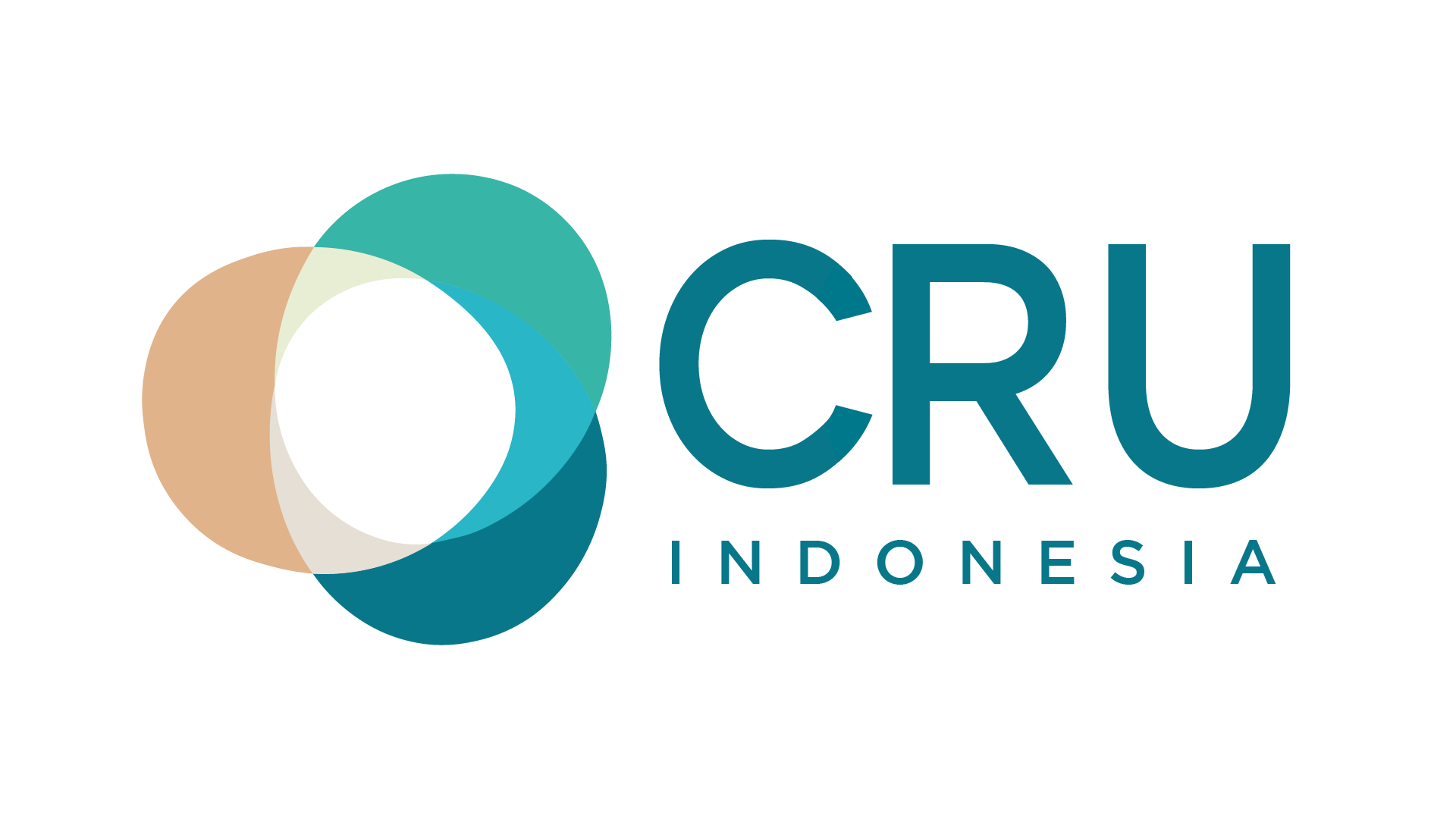Vermont’s Agency of Natural Resources to Implement Nation’s First Household Hazardous Waste Stewardship Program
27 Agustus 2025Vermont has become the first state in the nation to implement a household hazardous waste extended producer responsibility law. This is an important development for two key reasons. First, every manufacturer that sells covered products in Vermont or ships them into the state through online sales must comply. Second, other states—including California1—have expressed interest in passing similar laws, which could lead to broader compliance requirements in the future.
As explained in a prior alert, Vermont’s law required that a single stewardship organization register to represent all affected manufacturers and submit a single collection plan for approval by 25 July 2025. No stewardship organization satisfied that requirement. Accordingly, Vermont’s Agency of Natural Resources (the ANR) has announced that it will adopt and administer the first collection program for covered household hazardous products sold in the state.
In doing so, the ANR will charge each manufacturer the prorated costs of plan administration and oversight costs. It will also charge a hazardous-waste-reduction assessment of 10% of the plan’s total cost to be deposited in the Solid Waste Management Assistance Account of the Waste Management Assistance Fund. The fund will be used to provide grants to municipalities and small businesses to prevent pollution and reduce hazardous waste generation. While the ANR has not yet announced how it will allocate costs, the law specifically provides that the ANR may do so based on a manufacturer’s sales of covered household hazardous products nationally prorated to the population of Vermont.
Looking ahead, a manufacturer who sells in Vermont a covered household hazardous product, whether through brick-and-mortar locations or through online sales, must register with the ANR on or before 1 November 2025. After that, a manufacturer who has not registered cannot sell, offer for sale, or deliver to a retailer for subsequent sale a covered household hazardous product. Examples of covered products include fuel additives, cleaning products, glues, paint removers, spray paint, nail polish, nicotine vaping devices, and gas cylinders that contain flammable or toxic ingredients.
Those interested in discussing this new Vermont state law or other current or proposed extended producer responsibility laws should contact the authors or another member of our Environment, Land, and Natural Resources practice group.
